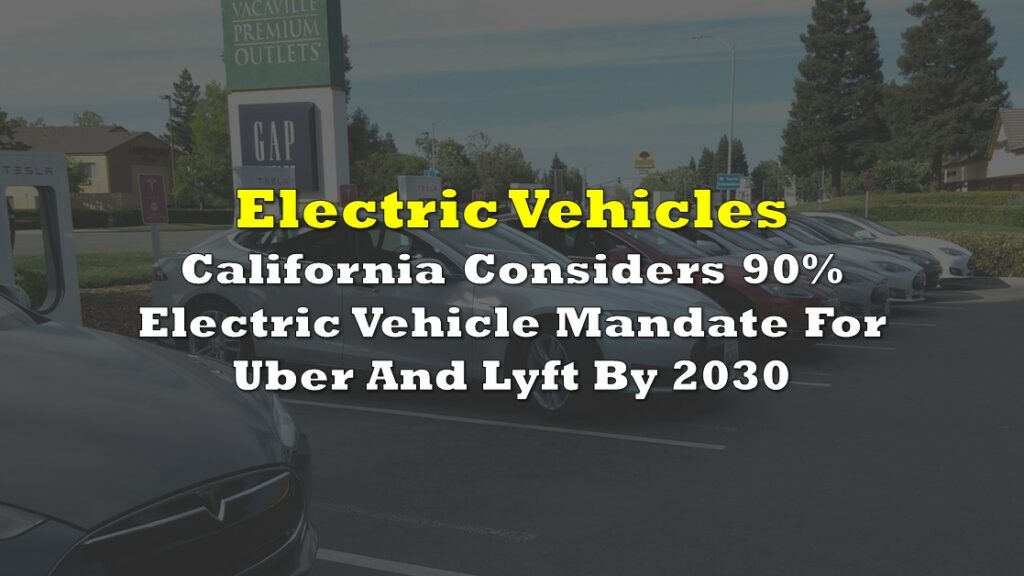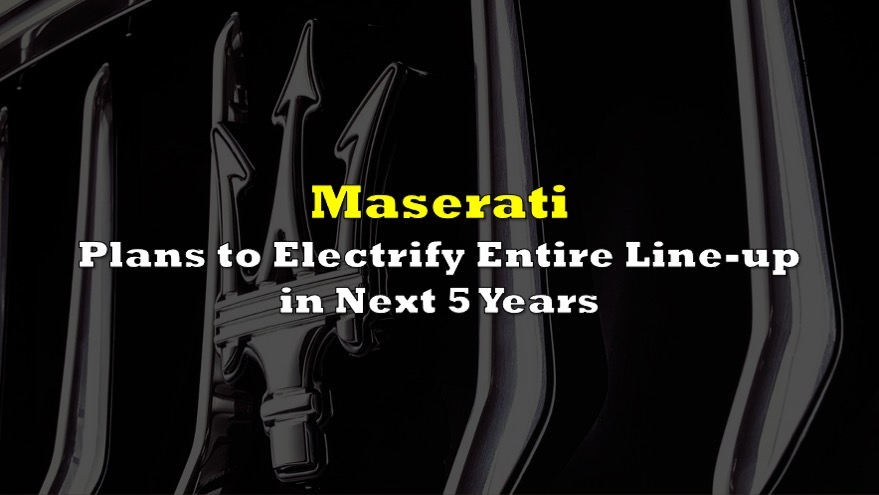The Canadian government is adjusting its approach to electric vehicle production amid challenges in the global energy transition, signaling a strategic pivot away from pursuing large-scale battery manufacturing plants. Instead, the focus will shift toward consolidating existing commitments and building a robust domestic supply chain for critical minerals like lithium and nickel.
This recalibration, announced by Industry Minister François-Philippe Champagne in a year-end interview with The Globe and Mail, comes during a volatile period for the EV industry. Despite substantial investments from automakers like Stellantis N.V., Volkswagen Group, and Honda Motor Co., the sector has been plagued by fluctuating demand, rising costs, and geopolitical pressures.
In recent years, Canada has made aggressive moves to position itself as a global leader in EV manufacturing. Billions of dollars in subsidies have supported landmark projects, including a Volkswagen battery plant in St. Thomas, Ontario, and a Stellantis-LG Energy Solution plant in Windsor. Combined, these facilities represent some of the largest auto-sector investments in Canadian history.
However, Champagne emphasized that the era of securing such mega-projects is drawing to a close. “Now, it’s about consolidation,” he said. This shift will prioritize mining and refining battery materials within Canada, a critical step for establishing a stable supply chain and reducing reliance on imports, particularly from China.
The global EV market’s recent struggles underscore Canada’s strategic pivot. Automakers have faced slower-than-anticipated demand growth for EVs, leading some companies to delay or scale back production plans. Ford Motor recently postponed its EV assembly plans in Oakville, Ontario while Northvolt’s planned $4 billion battery plant in Ontario is uncertain as the Swedish company grapples with financial instability and explores potential bankruptcy.
Champagne defended the federal government’s substantial investments in battery plants, arguing that actual subsidies will likely be lower than projected due to slower production ramp-ups. “People have this impression that we have dispersed that money,” Champagne said, clarifying that only a fraction of the allocated funds has been spent.
Champagne acknowledged the industry’s challenges but framed them as inherent to technological revolutions. “When you have a shift in technology for the next century, the first few years are always bumpy,” he said.
Information for this briefing was found via The Globe And Mail and the sources mentioned. The author has no securities or affiliations related to this organization. Not a recommendation to buy or sell. Always do additional research and consult a professional before purchasing a security. The author holds no licenses.









